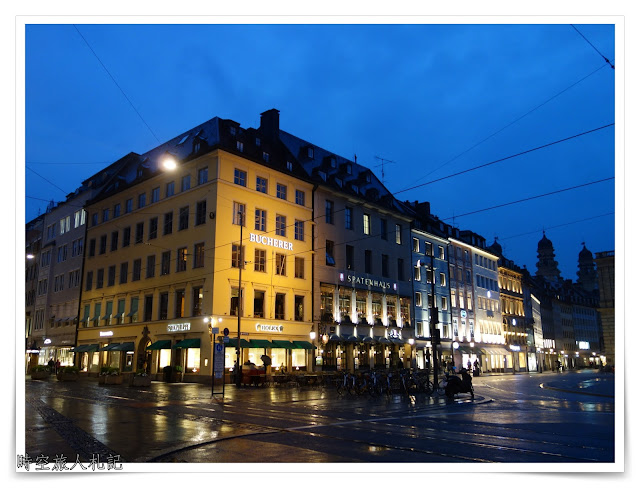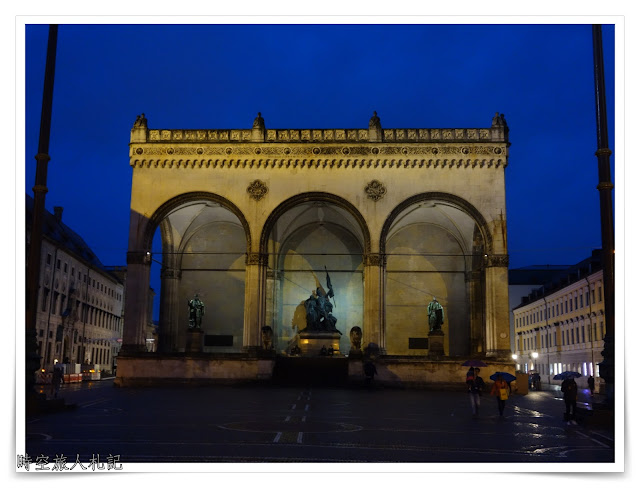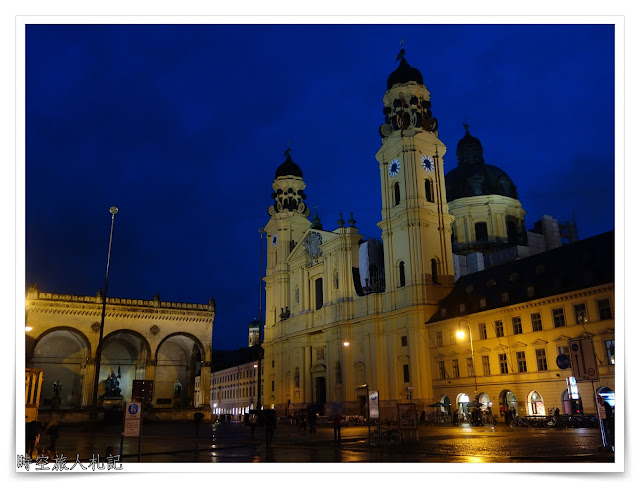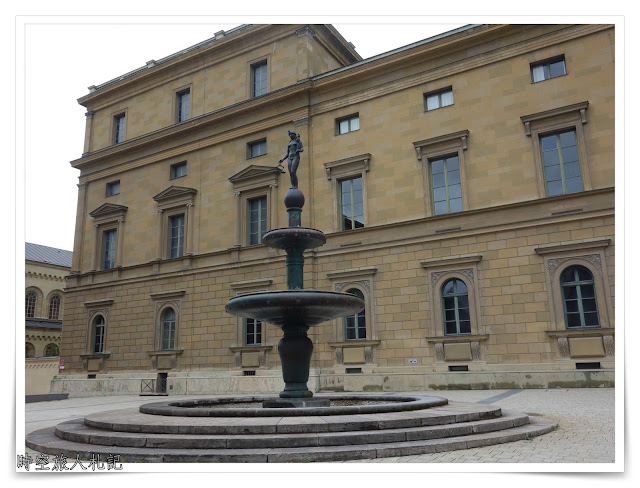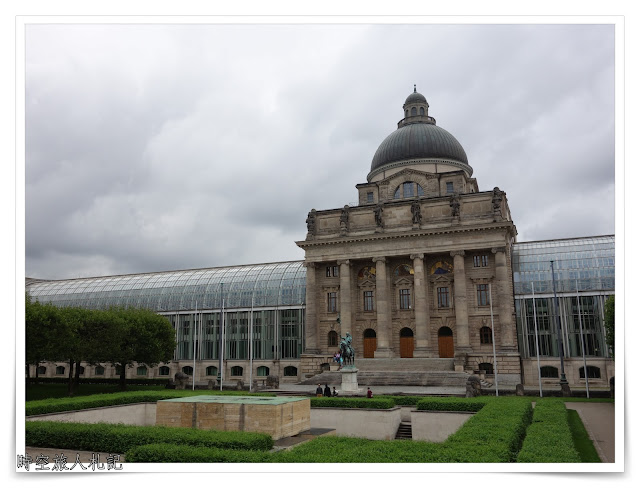Table of Content
Munich Shopping Area
Previous article.As I mentioned, Munich city center has a lot of attractions, this article summarizes the architectural attractions in the north of Marienplatz. If you take a walk from Marienplatz, you will pass through the busy shopping area, and with the time spent on sightseeing and shopping, you can schedule at least half a day's itinerary if you are serious about this area.
We've seen a lot of castles and Bavarian architecture along the way, and have been more casual in downtown Munich. Most of these sights were visited in passing while we were shopping. As we walked north from Marienplatz, the shopping area was lit up and the night view was beautiful even on a rainy night.
Munich's Staatstheater, a neo-classical building, is home to the Bavarian State Opera and its subsidiary orchestra, the Bavarian State Orchestra, and has been home to many famous musicians throughout history. Music lovers should try to catch a performance here. We passed by at dusk, and there were many people dressed up to enter the venue.
Unshielded
Iron Athena Church
The Iron Athenaeum is an Italian Baroque building located next to the Hall of the Commander-in-Chief, which was mentioned as a religious symbol of Bavaria. It was built by Ferdinand Maria, Elector of Bavaria, between 1663 and 1690 to celebrate the birth of Prince Maximilian II, the long-awaited heir to the throne, in 1662.
Munich Royal Palace
Munich's Royal Palace, the former palace of the Bavarian monarchs, is the largest inner-city palace in Germany, with ten courtyards and museums. The interior of the palace is so magnificent that you can spend half a day on a serious tour.
We were more interested in the gardens of the Royal Palace, in the Italian Renaissance style. In the center of the gardens is the Temple of Diana. When the weather is sunny and mild, the Royal Garden and the English Garden behind it are a good place for the public to relax.
Passing through the palace garden, the building behind is the Bavarian State Government Office, a mixture of modern and classical styles, with transparent glass walls symbolizing the government's transparent approach to governance.
Further reading
- Germany Self-Drive Itinerary 2017/08 (Berlin - Dresden - Munich)
- Three Days, Two Nights Berlin Itinerary
- Berlin Attractions(Part 1): Berlin TV Tower, Red Town Hall, Nikolaikirche, Museum Island
- Berlin Attractions(Part 2): Grosser Platz, Brandenburg Gate, Reichstag, Victory Column
- Berlin Attractions(Part 3): Checkpoint Charlie, Oberbaum Bridge, East Side Gallery, Berlin Wall Memorial, Charlottenburg Palace
- Potsdam One Day Tour: Wunderkammerpark, Old Town
- Day trips around Dresden: Bastei Saxony, Schloss Pillnitz, Pillnitz Palace
- Dresden: Florence on the Elbe
- Rothenburg Rothenburg ob der Tauber : A frozen medieval German city
- Day trip to Königssee: Germany's most beautiful lake
- Day trip to Chimesee: the largest lake in Bavaria
- Neuschwansteinstraße and Schloss Hohenschwangau: The Fairytale World of Mad King Ludwig
- Munich Attractions (Part 1): Marienplatz, Neues Rathaus, Atlas Rathaus, Hofbrauhaus, Royal Beer House
- Munich Sightseeing (Part 2): Unification Church, Teatro-Artina Church, Munich Royal Palace
- Munich Attractions (Part 3): Peterskirche St. Peter's Church, Viktualienmarkt Grain Market
- BMW Museum in Munich: The Pride of German Industry
- German Culinary Journey (Part 1): Dining in Berlin and Potsdam
- German Culinary Journey (Part 2): Dresden and Rothenburg
- German Food Tour (Part 3): Beisgasden, Lake Keim, Fussen Dining
- Germany Food Tour (Part 4): Munich Cuisine
Thank you for visiting our website.
All the content on this site is original and shared with the purpose of providing valuable information. We sustain the operation of this site through a small amount of advertising and sponsored links. If you click on links to third-party merchants on our site and make purchases, we may receive a portion of the sales as a commission. If you click on links to third-party merchants on our site and make purchases, we may receive a portion of the sales as a commission.
Find more posts on a map Here.
My recommended resources for hotel bookings.
My recommended resources for activity bookings.
Recommended travel credit card for US-based travelers
Travel with just a backpack!
Buy me a coffee and support my contents!
If you are interested in quoting this article or using any part of its content and images on your website or publication, please contact us via email to request permission.
